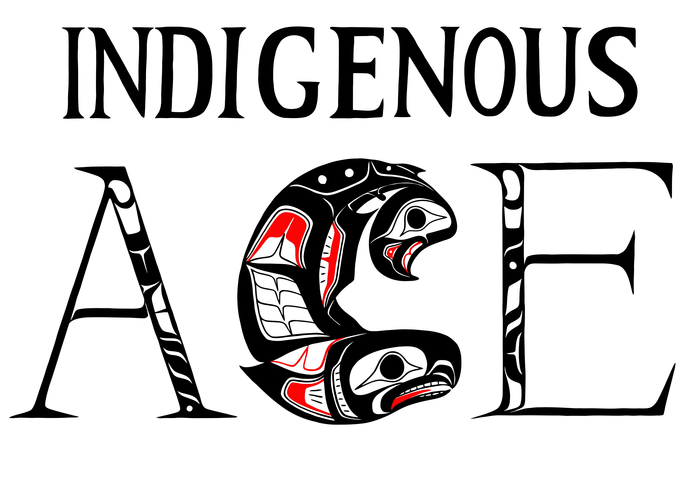Reflections

Throughout my time with the Aboriginal Canadian Entrepreneurs Program, one of my main jobs was to produce case studies. In that time, I wrote about 10 case studies and edited over a dozen more that were written by other authors. Throughout my years in business school, I had read at least 40 case studies. I also helped edit and put together the 10 cases needed for an entire interprovincial case study competition! Before I had started writing my own case studies, I had read a lot of them but in all of that time and in all of that reading, I had read exactly 1 case study that had to do with Canadian Indigenous entrepreneurship and that was a case study written by ACE’s very own, Dr. Brent Mainprize.
Generally, a case study in the realm of entrepreneurship is a story about a real entrepreneur, used to teach entrepreneurship concepts to students or budding entrepreneurs. They can be focused on any aspect of entrepreneurship, in any sector, for any size of business. They usually introduce a few issues in the case studies, or problems that the entrepreneur is facing. The case study then asks the entrepreneurship student reading the case study to take in all of the available information and think about how the problem(s) could be solved. The students then make recommendations or write what they would do if they found themselves in that situation.
Before I started writing them, I had only ever read the one case study written specifically about Indigenous entrepreneurship. Since starting to write my own, I have sought out and read case studies written about Indigenous entrepreneurs, but they are very few and far between, generally speaking. My main goal with my work with the ACE Program was to help create a figurative mirror for you in the classroom.
I want you to be able to see yourself reflected in the material used in the ACE Program as clearly as if you were actually looking in a mirror instead of a page of writing. I want you to be able to read a case study in class and think to yourself “that could happen to me.” Or to think to yourself “that entrepreneur acted just like I would in that situation.” When reading through case studies at ACE I want you to feel like what you are reading is relatable to you, is useful to you and is understandable to you.
I believe that in trying to be successful, we often look for role models. People who are similar to us in some way who have achieved a level of personal or professional success that we aspire to. For me growing up, that person was always my mom. She had a business degree, she was passionate about community service and she turned every obstacle into an opportunity. It was great for me to have her to look up to as a really positive role model. As I entered business school and thought about my career path, I never thought of entrepreneurship. I thought that entrepreneurship was for other people and not people like me. Looking back now, I worry that that train of thought that I carried turned me away from entrepreneurship before I even had a chance to really look at it.
I don’t want that to be the case for you. As you explore entrepreneurship and as you learn more about its challenges and benefits, I want you to see people like you who have been successful and who have faced obstacles similar to the ones you will face. That’s why I write these case studies and why the ACE Program is sharing the paths and experiences of instructors, administrators, students & graduates in our directory – so you can feel that the ACE Program is really helping you to unveil your individual path to success.
This is also why the ACE Program has a mentorship element; so you can meet people in your industry or people who know about your industry who can help you understand how you want to compete in the marketplace. While your mentor might be able to help you with specific industry knowledge, I am trying to write the case studies so that you can see other Indigenous entrepreneurs grapple with the 3Cs in their businesses. More often than not, Indigenous entrepreneurs face tremendous pressure from their families, communities or from themselves to use their business to uplift other Indigenous Canadians. This is really the basis of Indigenous entrepreneurship for me! I try to write the case studies so that you can see how other indigenous entrepreneurs before you have decided to balance cash, community and culture in their business.
With this, we’re excited to present our new weekly series featuring Faculty and Aboriginal Entrepreneurs of the ACE Program on our website, focusing on the journeys of members of the ACE Program. We’ll be sharing the journeys of ACE Program members who every week who are working to balance cash, community, and culture to make an impact through their work. Follow along and join in on the discussion on Facebook.

